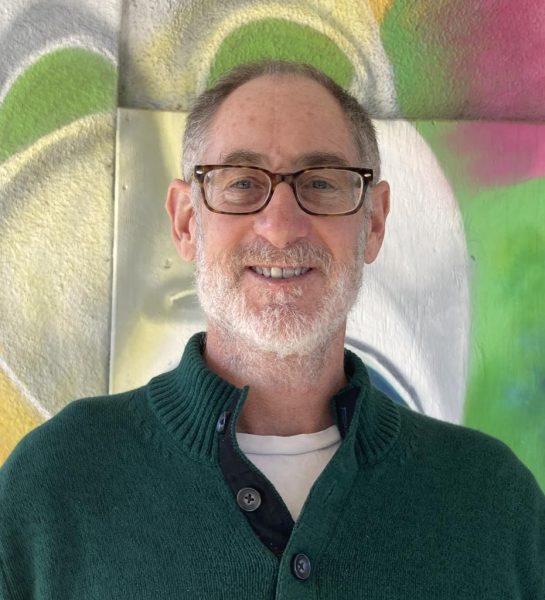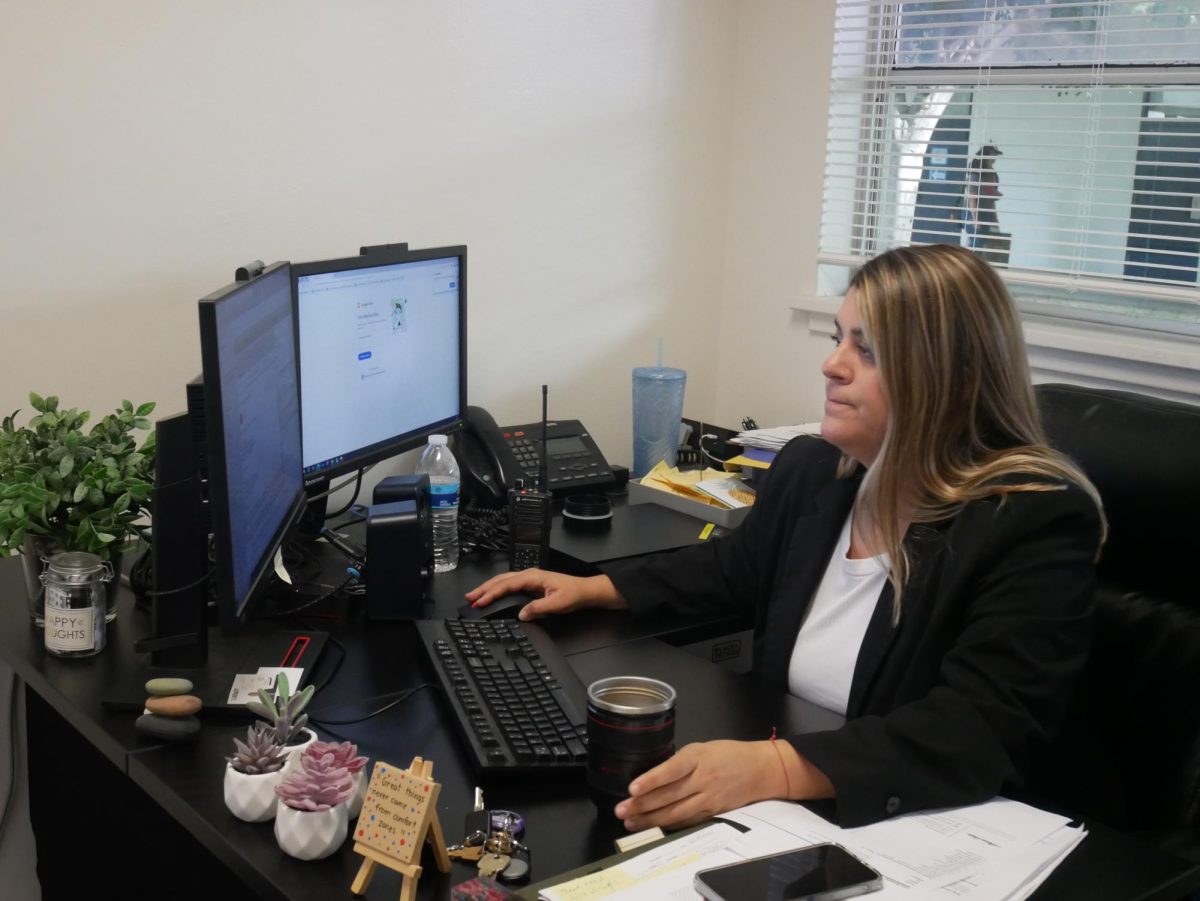
“One of the issues that contributes to mental health is too much screen time. When it is passive and students are comparing themselves to others but they are not moving their bodies in productive ways, they are not using their brains in productive and creative ways. That does not make any of us feel good. We all need to feel like we are contributing and that our lives have impact. I think some of the systemic issues with school, growing inequality and problems of the world with racism and climate change can lead to a sense of hopelessness for young people and that can contribute to a decline in mental health. I think the pressures of life can cause teens to become anxious and overwhelmed.”

“There are a lot of anxieties in our society. I think that it probably started with 2001 Sept. 11—the attack on the Trade tower. The increase in students using social media, their cell phones go everywhere and the environment that that sort of media creates. A lot of young people get their news and information from TikTok, not credible sources. So when you are looking at shaming, bullying, cyberattacks and the information that is just bombarded within Instagram and TikTok, how can you not be anxious?”

“The number one reason is social media. I think students get their information from social media. I think they compare themselves to [others on] social media. They are looking at some of these things online and thinking that they are true but not having developed enough critical thinking skills to know that what they are seeing is actually fake and completely filtered. I think that has a direct effect on the way students communicate and the way they view themselves in the world.”

“I do not believe that mental health issues have become more prevalent. What I think has gone up dramatically is awareness of these issues and a willingness to talk about these issues. When I was younger—and even more so when my parents were younger—there was a huge stigma behind mental health issues. It was almost taboo to admit that you were having some sort of mental or emotional problems. So I think what is happening now is there is visibility of these issues and a greater willingness to talk about them. I certainly think COVID-19 has caused a lot of specific issues that are a lot more visible these days as well.”






